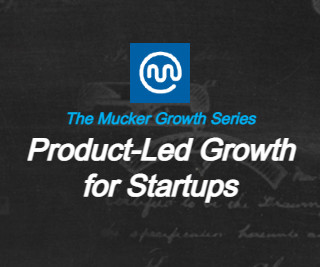SaaS Companies: Four Signs You’ve Outgrown Stripe
FastSpring
MARCH 3, 2023
One major difference between a DIY solution like Stripe and an MoR solution is support around compliance and risk. When you move all of that responsibility to a third party, then you can really focus on your core product. Global compliance, fraud, and risk management. Managing your global VAT, GST, and sales taxes.













Let's personalize your content